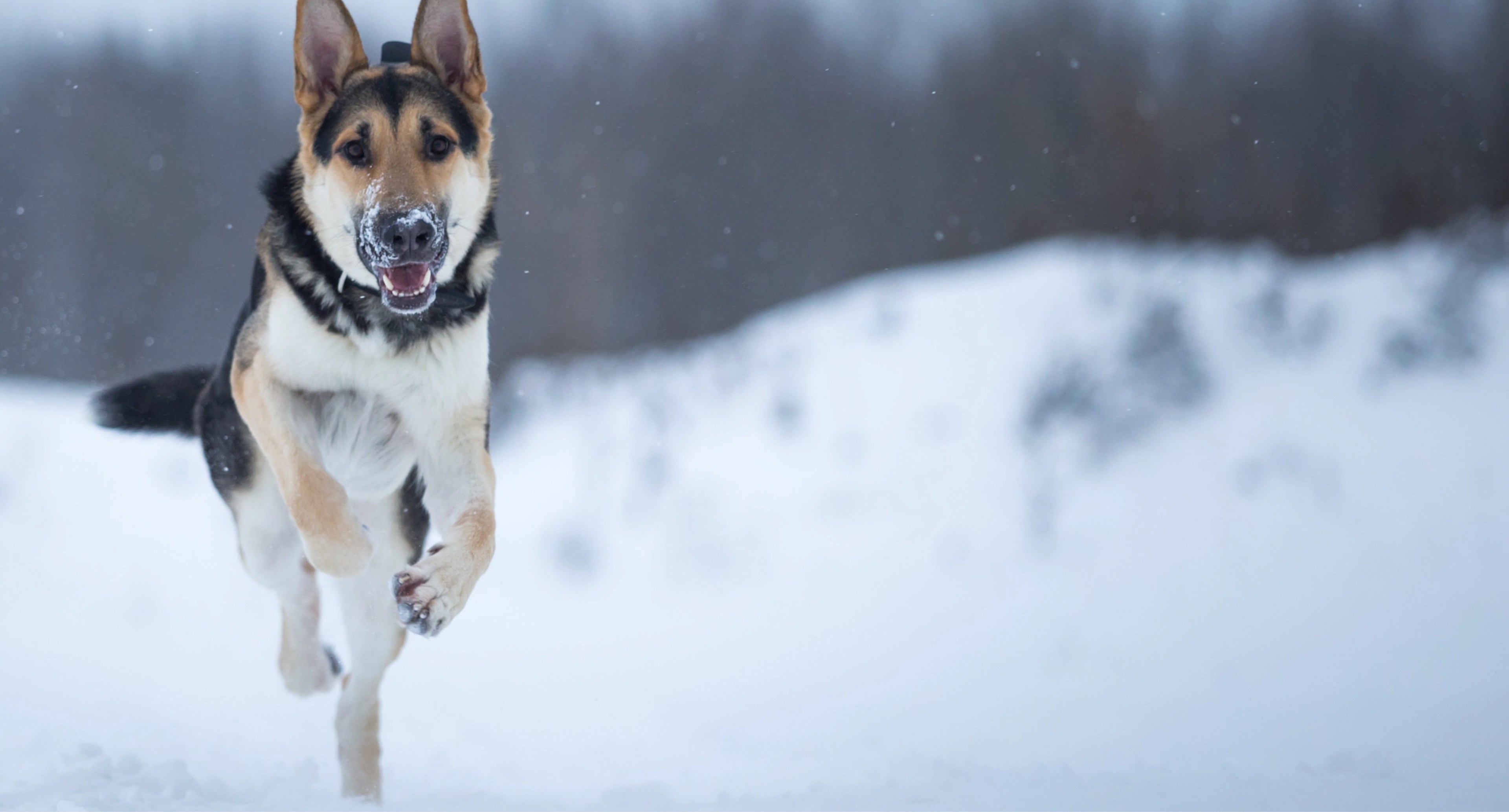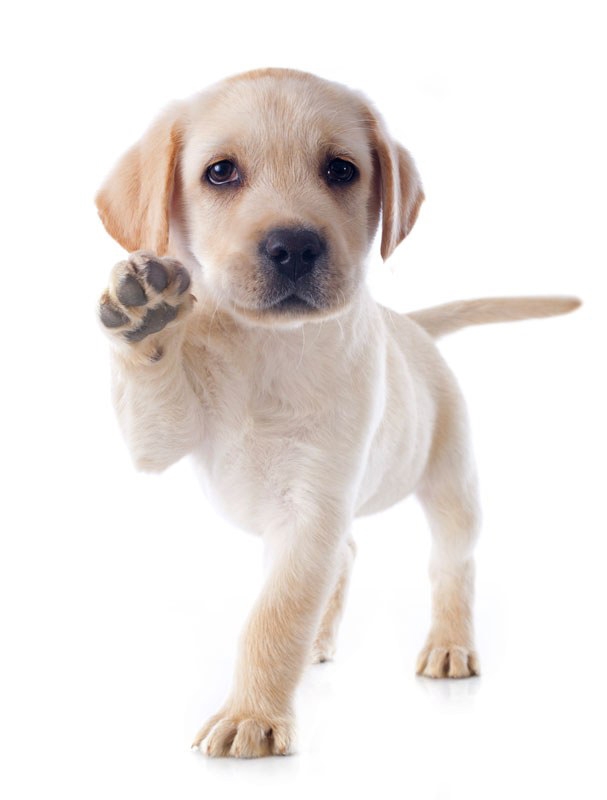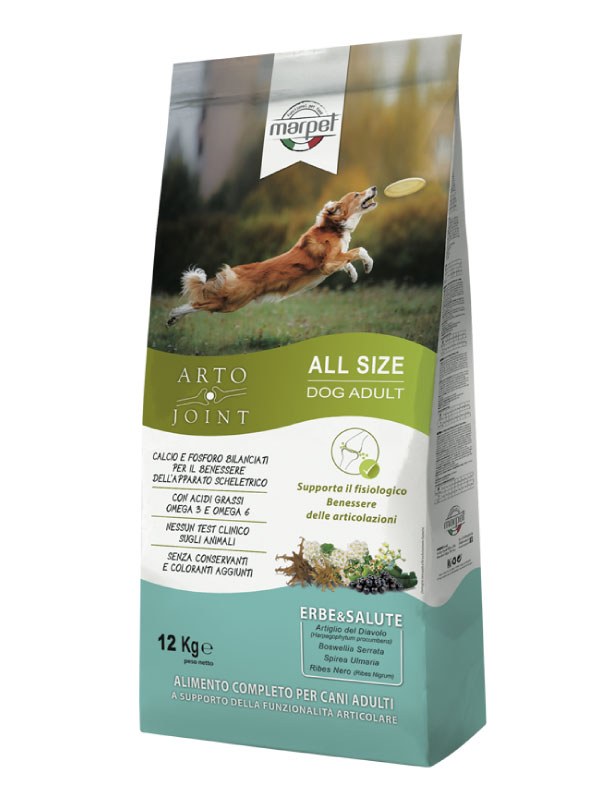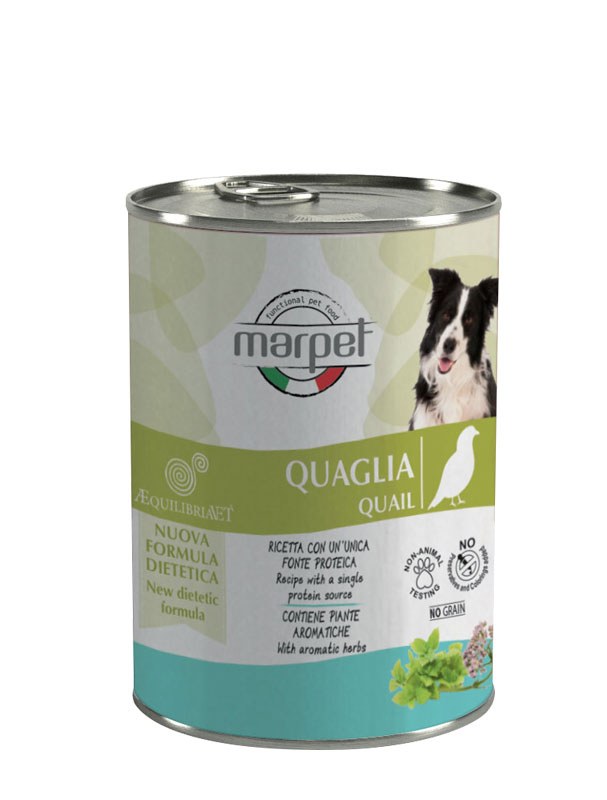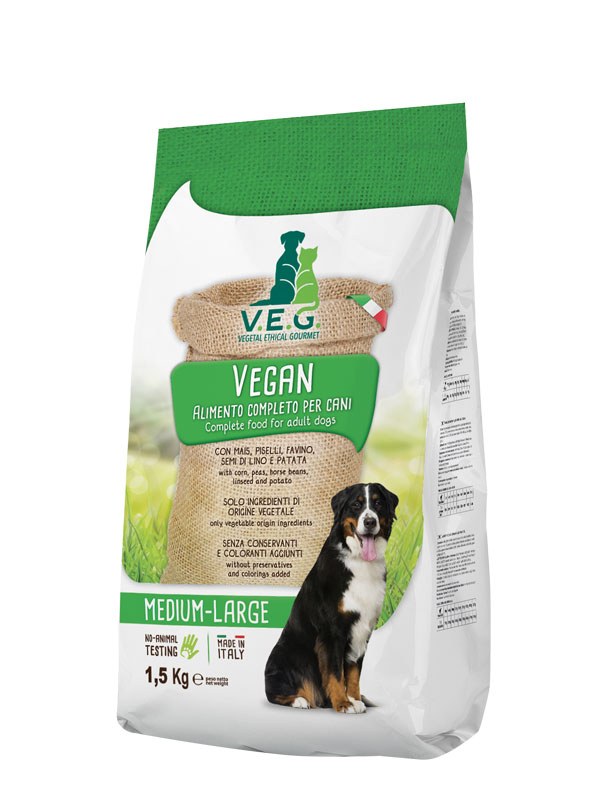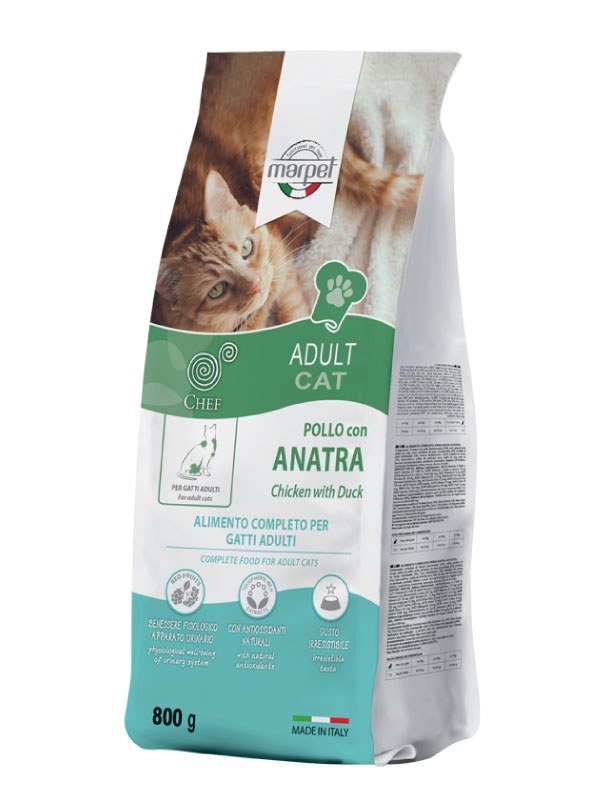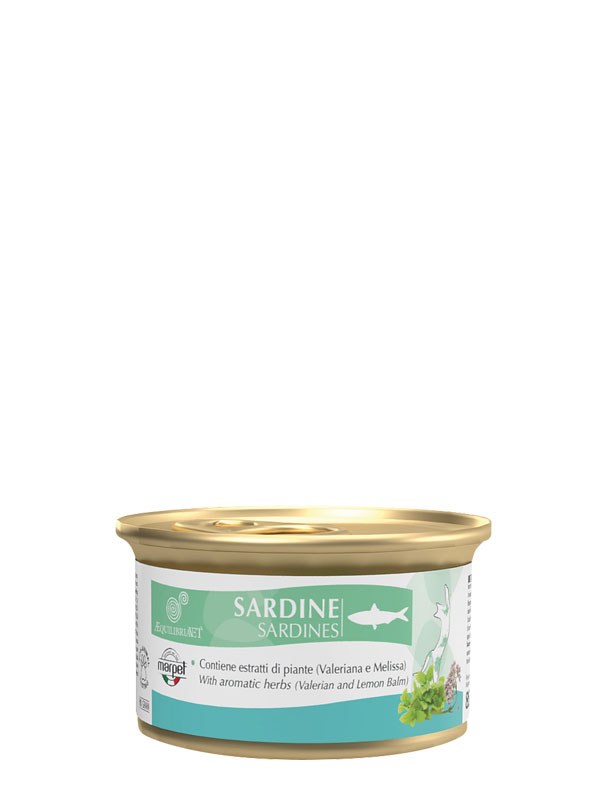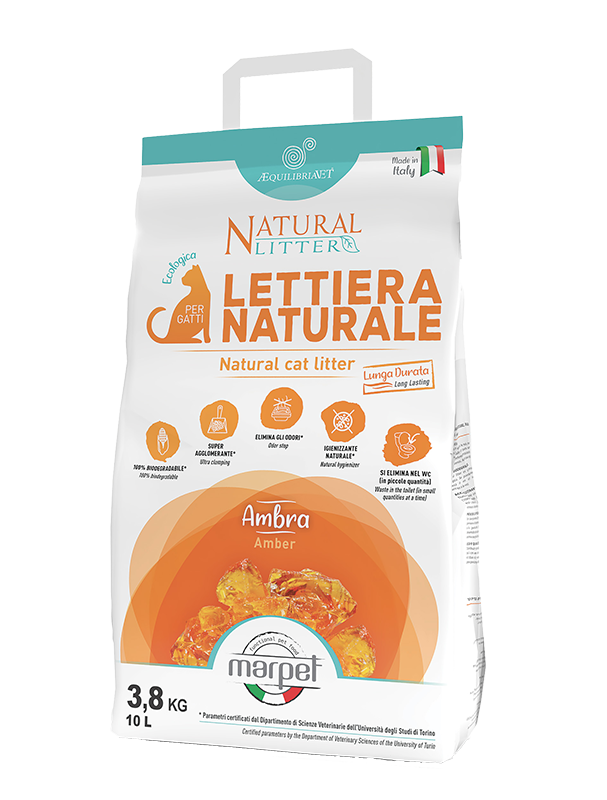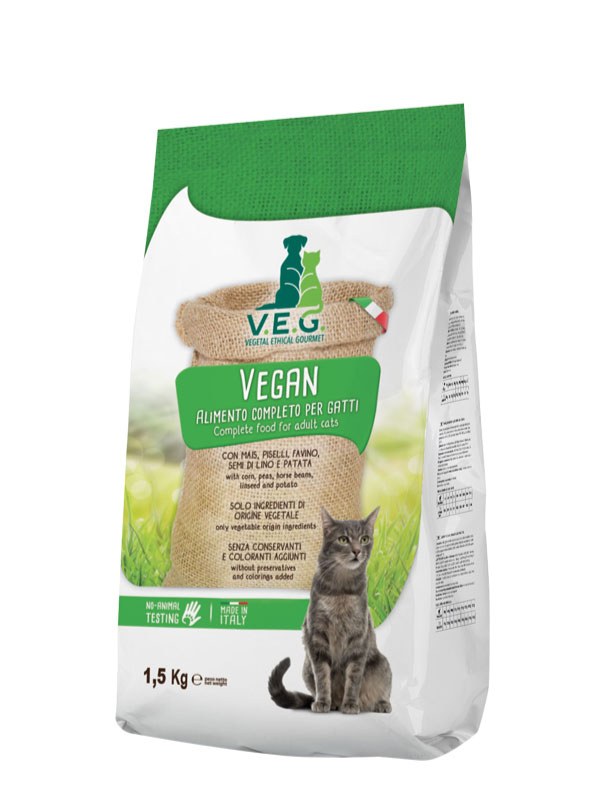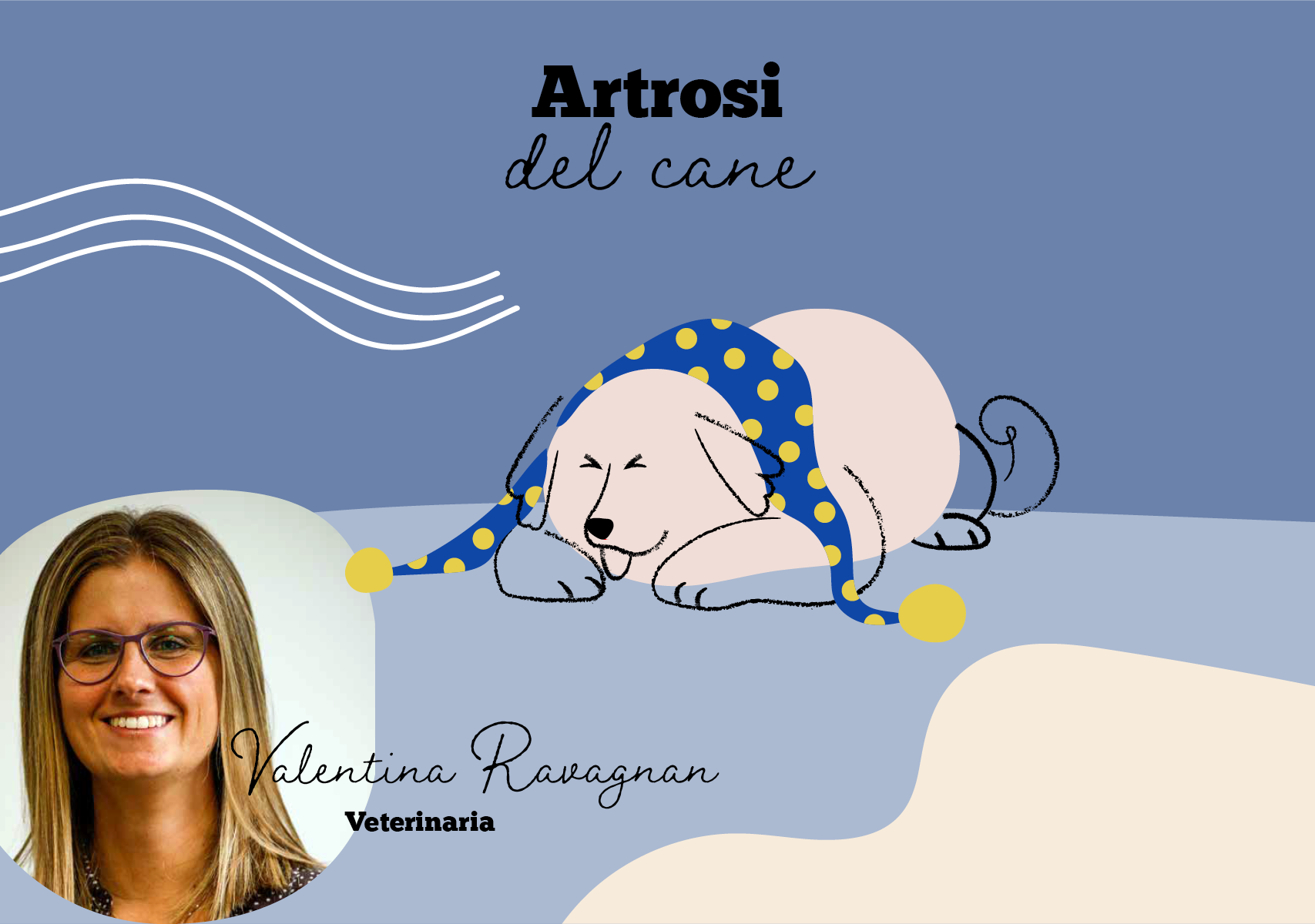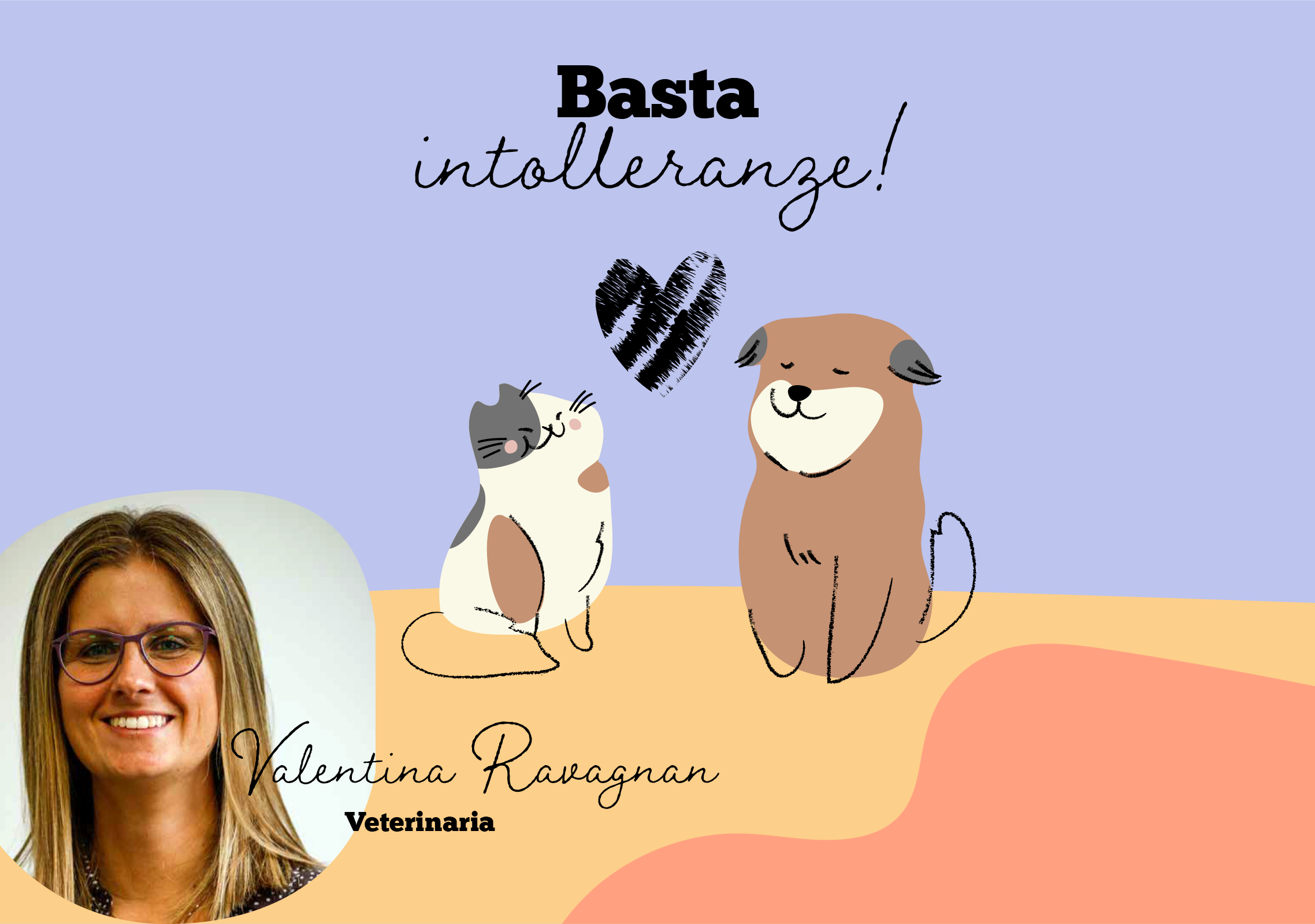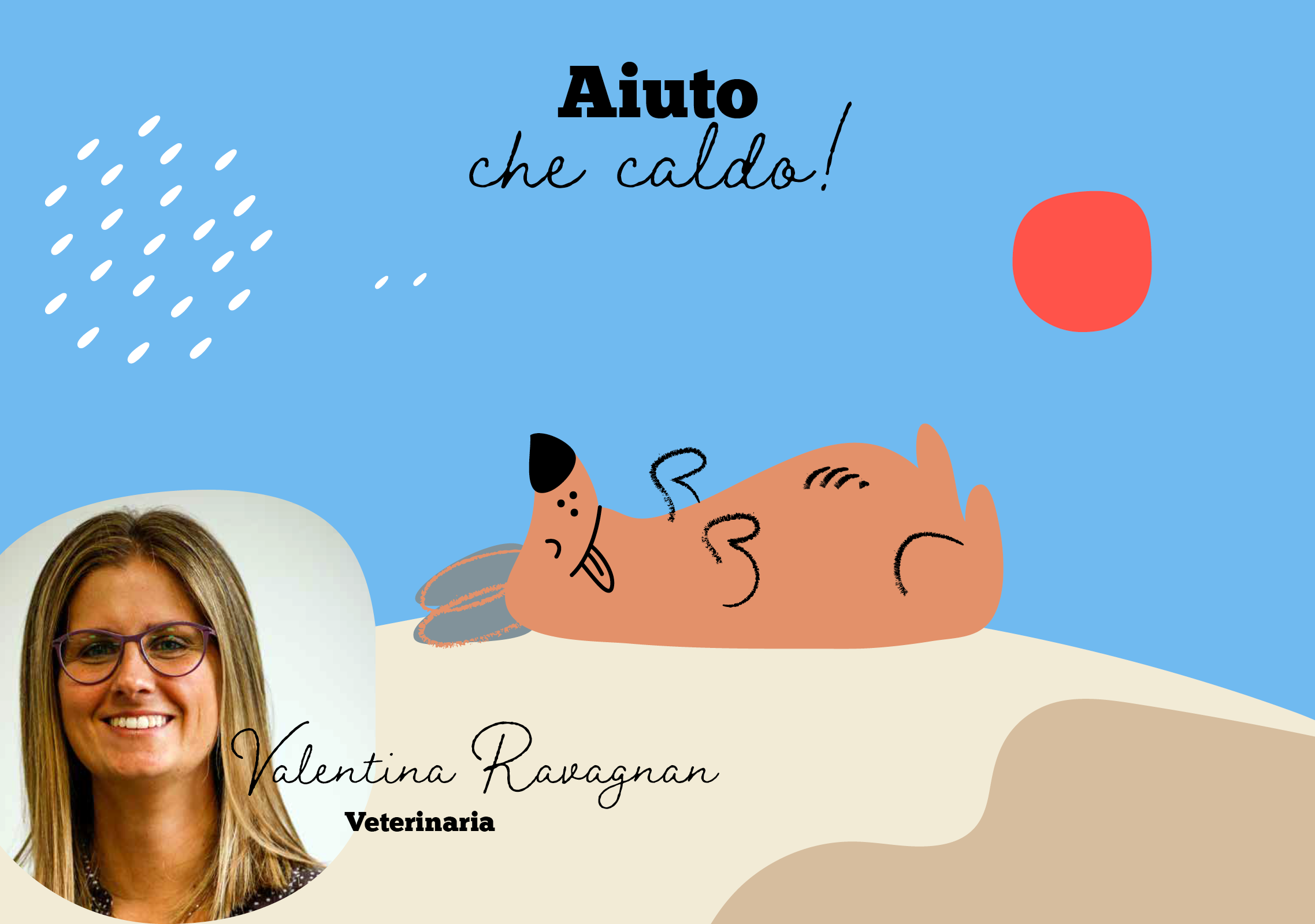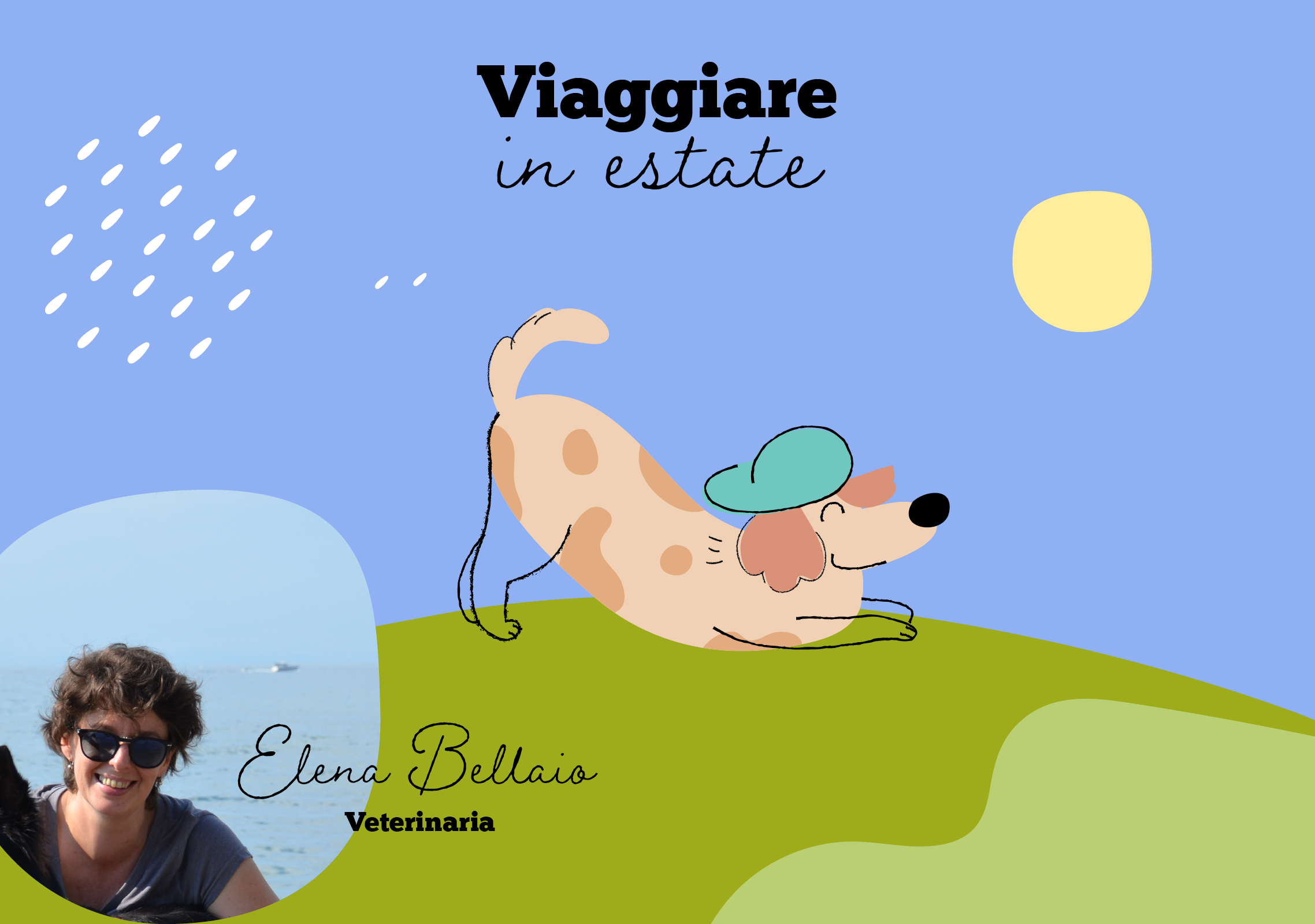HOW BEST TO HANDLE A PUPPY
When you buy or adopt a puppy, you often wonder what you need to do to bring it up properly, in terms of food, health requirements and also education. The choice of food is undoubtedly important, but as with adults it is essential to get good advice because dogs have different needs even at a young age: much depends on the breed or size in general, the dog's temperament and physical activity, as well as the lifestyle that the owner will set up with his/her dog.
From an early age, it is important to engage in regular physical activity so that both of you can keep fit. Daily walks not only allow your puppy to socialise with peers and with the outside environment (e.g. noises, smells, situations), thus promoting the right behavioural balance, but also keep his metabolism active and reduce the risk of becoming overweight.
Get advice on choosing food from your vet and/or your trusted retailer: the variety of pet food on the market is increasingly wide, but it is not always easy to find your way around and the most popular product is not always the right one for your dog's needs.
There are dogs that are more delicate in their digestion or others that are predisposed to dermatological pathologies and therefore need higher levels of Omega 3 and 6; those that have already manifested food intolerances from the first months or others that are used to eating different proteins. So carefully evaluate either by yourself, reading the product labels, or by being guided by those who know the world of food best and do not be discouraged if you do not immediately find the right food for your puppy, sometimes it is necessary to try several products.
Once you have chosen the right food (Marpet has studied a recipe that is perfect for puppies) it is also important to set up correct eating habits. Here are a few that are essential.
Change your puppy's diet gradually by following a simple rule:
- Day 1: ¼ of the new food and ¾ of the old food
- Day 2: half of the old food and half of the new food
- Day 3: ¼ of the old food and ¾ of the new food
- Day 4: only the new food.
In this way, even the most delicate dogs are less affected by the change of food.
Create a routine for feeding your dog, at set times and places and leave the bowl available for about 20 minutes, after which the bowl will be removed and reintroduced at the next meal.
Always weigh the amount of food so as not to exceed calories and not to cause problems of overweight and/or obesity over time. There is an indicative daily dose chart printed on every food package, regardless of brand. It is important to take this table as a reference, as it gives an indication of the amount of food to be given depending on the weight of the dog in a normal weight condition (not what your dog could be, perhaps overweight or underweight). The chart on each bag may vary from food to food depending on the type and percentage of ingredients used, so it is important to read every indication on the packet you buy. Remember that these are indicative doses that may vary according to the age of the dog, metabolism and physical activity of the puppy.
You should also remember to use your puppy's snacks appropriately, always keeping in mind that they are complementary foods and that they have their own calorie content. For this reason, you should not overdo it, you should use them sensibly as a reward and they should not replace the main meals. In addition, remember not to give food from the table, both because our food is not suitable for our dogs as it is rich in salt and condiments, and because you risk creating bad habits and having your dog always at your feet begging for food or bothering any of your guests.
Last but not least, always leave fresh water available for adequate hydration.
Always remember, when you bring puppies home, to take them to the vet to check health conditions and to proceed with the necessary vaccinations and prophylaxis against common and widespread diseases that can compromise their state of health.
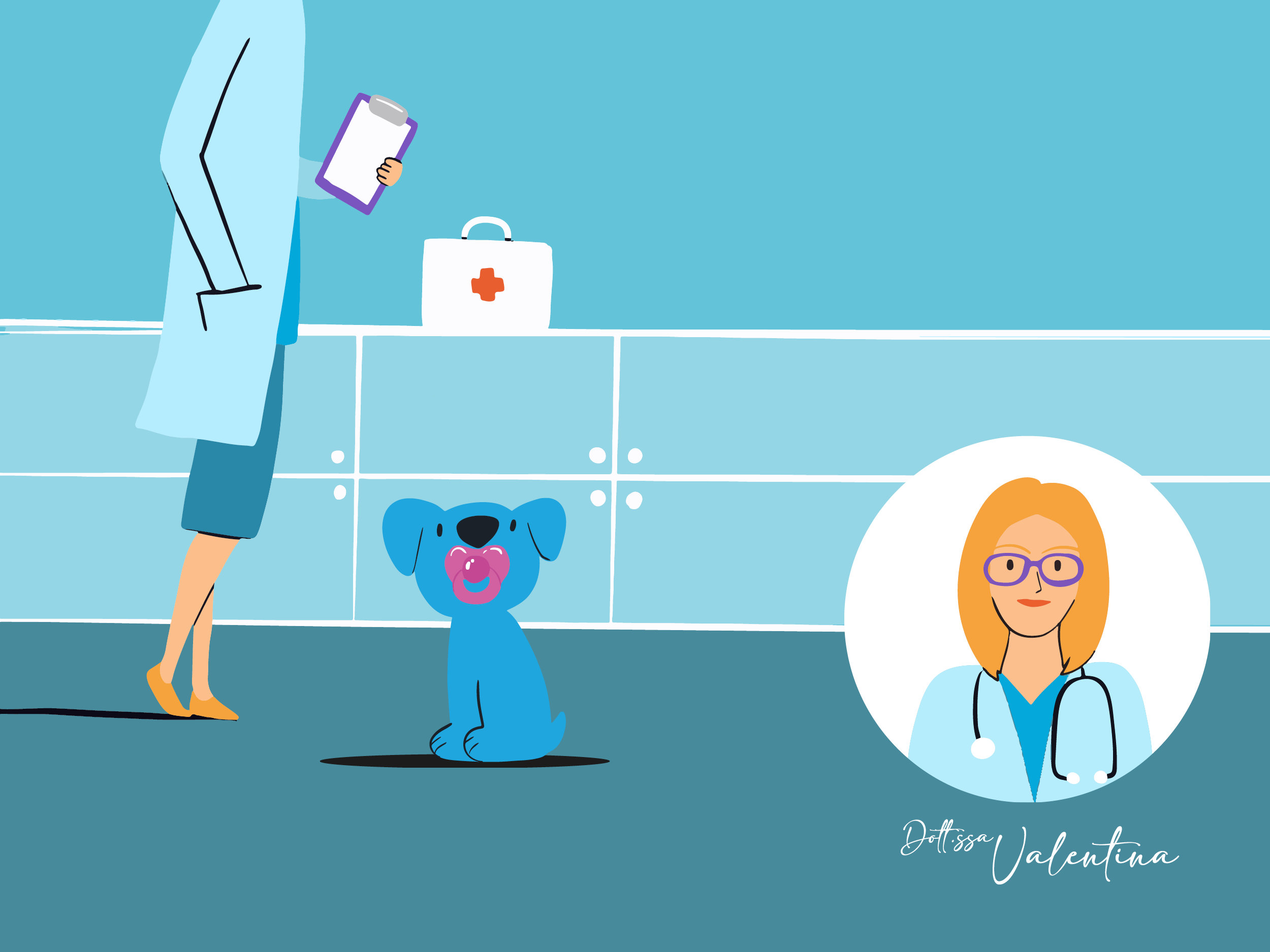
The arrival of autumn and the resulting cold weather is certainly a time of great interest for anyone with a dog or cat, especially if the animal is elderly or suffers from joint problems.
I prodotti monoproteici hanno preso parecchio spazio sugli scaffali dei nostri petshop preferiti. Ma cosa vuol dire alimento monoproteico?
Especially during the hottest months of the year, thermal changes and high temperatures can be really dangerous both for us humans and for our inseparable animal friends. What are the risks of so-called heatstroke? And what are the best ways to prevent its consequences? Let's find out together!
